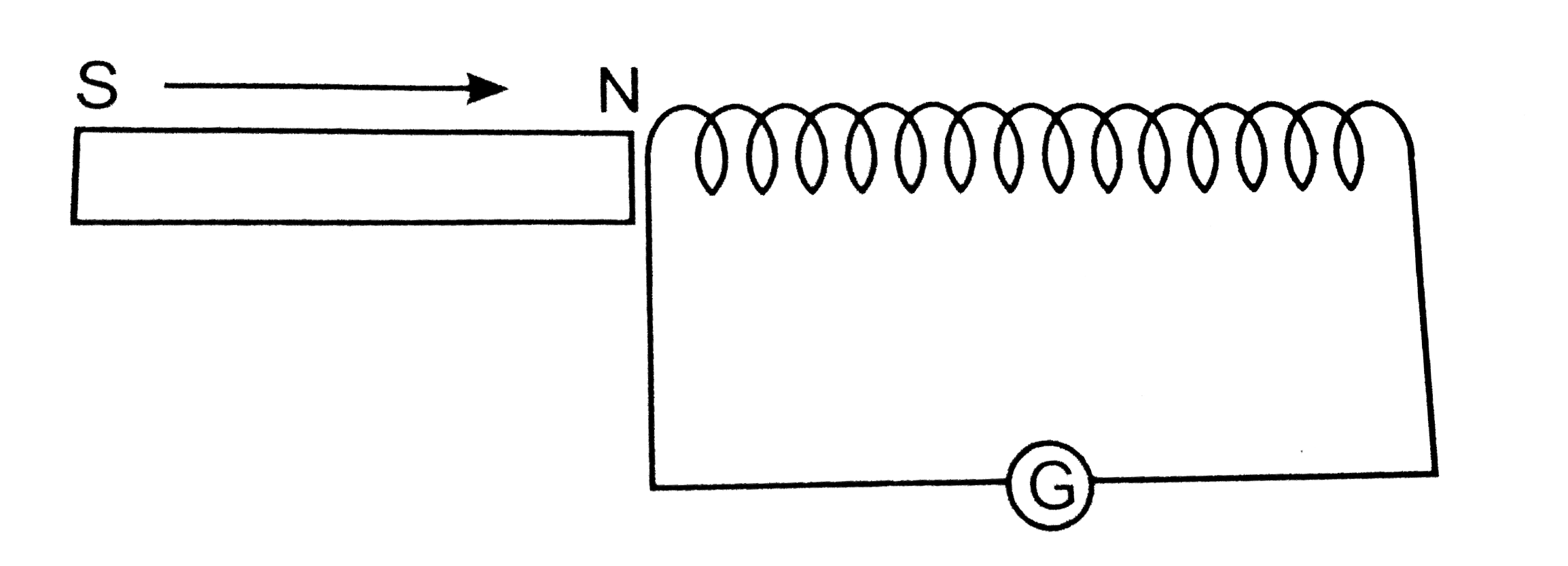Explain electromotive force.
Step-by-Step Solution:
1. Definition of Electromotive Force (EMF):
Electromotive Force (EMF) is defined as the energy provided per unit charge by a source, such as a battery or generator, to move electrons through a circuit. It is not a force in the traditional sense but rather a potential difference that drives the flow of electric current.
Hint: Remember that EMF is related to energy per charge, not just a physical force.
2. Understanding the Concept:
The term "electromotive" suggests a force that moves electrons. When a source like a battery is connected to a circuit, it creates a potential difference that causes electrons to flow. This flow of electrons is what we refer to as electric current.
Hint: Think of EMF as the "push" that causes electrons to move in a circuit.
3. Role of Batteries:
In practical terms, batteries are common sources of EMF. When a battery is rated at a certain voltage (e.g., 5V), it indicates the maximum potential difference it can provide to move electrons through a circuit. However, internal resistance in the battery affects the actual voltage available for the circuit.
Hint: Consider how a battery's internal resistance impacts the effective voltage in a circuit.
4. Distinction Between EMF and Voltage:
It is important to distinguish between EMF and the terminal voltage of a battery. While EMF refers to the ideal voltage generated by the source, the terminal voltage is what is actually available across the terminals of the battery when it is connected to a load. The difference arises due to internal resistance.
Hint: EMF is the ideal scenario, while terminal voltage is what you measure in a real circuit.
5. Conclusion:
In summary, Electromotive Force is a crucial concept in understanding how electric circuits operate. It represents the energy per charge that drives electron flow, similar to how a battery functions. Understanding EMF helps clarify the behavior of electrical components in a circuit.
Hint: Think of EMF as the driving force behind electron movement, essential for circuit functionality.
Electromotive Force (EMF) is defined as the energy provided per unit charge by a source, such as a battery or generator, to move electrons through a circuit. It is not a force in the traditional sense but rather a potential difference that drives the flow of electric current.
The term "electromotive" suggests a force that moves electrons. When a source like a battery is connected to a circuit, it creates a potential difference that causes electrons to flow. This flow of electrons is what we refer to as electric current.
In practical terms, batteries are common sources of EMF. When a battery is rated at a certain voltage (e.g., 5V), it indicates the maximum potential difference it can provide to move electrons through a circuit. However, internal resistance in the battery affects the actual voltage available for the circuit.
It is important to distinguish between EMF and the terminal voltage of a battery. While EMF refers to the ideal voltage generated by the source, the terminal voltage is what is actually available across the terminals of the battery when it is connected to a load. The difference arises due to internal resistance.
In summary, Electromotive Force is a crucial concept in understanding how electric circuits operate. It represents the energy per charge that drives electron flow, similar to how a battery functions. Understanding EMF helps clarify the behavior of electrical components in a circuit.
Topper's Solved these Questions
- ELECTROMAGNETIC INDUCTIONBook:MODERN PUBLICATIONChapter:ELECTROMAGNETIC INDUCTIONExercise:REVISION EXERCISE (Long Answer Questions)
Explore 9 Videos
- ELECTROMAGNETIC INDUCTIONBook:MODERN PUBLICATIONChapter:ELECTROMAGNETIC INDUCTIONExercise:REVISION EXERCISE (Numerical Problems)
Explore 16 Videos
- ELECTROMAGNETIC INDUCTIONBook:MODERN PUBLICATIONChapter:ELECTROMAGNETIC INDUCTIONExercise:REVISION EXERCISE (Fill in the blanks)
Explore 7 Videos
- ELECTRIC CHARGES AND FIELDS Book:MODERN PUBLICATIONChapter:ELECTRIC CHARGES AND FIELDS Exercise:Chapter Practice Test
Explore 15 Videos
- ELECTROMAGNETIC WAVESBook:MODERN PUBLICATIONChapter:ELECTROMAGNETIC WAVESExercise:CHAPTER PRACTICE TEST
Explore 14 Videos
Similar Questions
Knowledge Check
Four identical cells each having an electromotive force (e.m.f.) of 12 V , are connected in parallel. The resultant electromotive force (e.m.f.) of the combination is
A48VB12VC4VD3VElectromotive force is a:
ApotentialBnon-contactCP.D.DcontactDimensional formula for electromotive force is same as that for
ApotentialBcurrentCforceDenergy
A circular coil expands radially in a region of magnetic field and no electromotive force is produced in the coil. This can be because
View SolutionThe phase difference between the current and the electromotive force in an ac circuit is π/4 radian. If the frequency is 50 Hz, then the time difference corresponding to this phase difference, will be –
View SolutionA person connects the four cell of 14Ω in series combination but one cell terminal is opposite. The external resistance is 1Ω and the electromotive force of cell is 1.5V. The value of current in the circuit
View SolutionThe standard electromotive force of the cell
Fe∣∣Fe2+(aq)∣∣∣∣Cd2+(aq)∣∣Cd
If the temperature co-officlent of emf −0.125VK−1, the vàlue of △S∘ at 25∘C would be
View SolutionAs shown in the figure, a magnetic is moved with a a fast speed towards a coil at rest. Due to this, induced electromotive force, induced charge in the coil are E, I and Q respectively. If the speed of magnetic is doubled, the incorrect statement is

View Solution